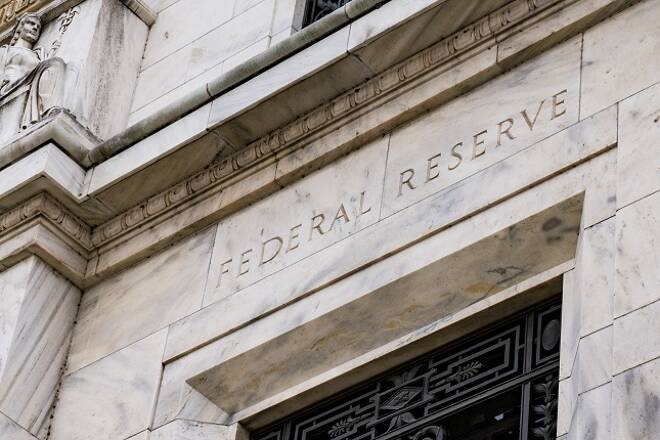Advertisement
Advertisement
Fed Minutes: Muted Inflation Means Fed “Could Afford to be Patient about Further Policy Firming”
By:
While the market may have perceived the Fed as being overly aggressive, the minutes revealed policymakers took a more cautious approach to further rate increases than their statement indicated.
The U.S. Federal Reserve released the minutes of its December 18-19 monetary policy meeting on Wednesday afternoon. At the meeting, the Federal Open Market Committee raised its benchmark interest rate a quarter point to a range of 2.25 percent to 2.5 percent. This was the fourth increase of the year and the ninth since policy normalization began in December 2015.
While the market may have perceived the Fed as being overly aggressive, the minutes revealed policymakers took a more cautious approach to further rate increases than their statement indicated.
“Many participants expressed the view that, especially in an environment of muted inflation pressures, the committee could afford to be patient about further policy firming,” the central bank said in the minutes.
The vote to raise rates was unanimous but the minutes showed “a few participants” favored no change. The FOMC also expressed some concerns over recent financial-market volatility and risks to the outlook.
“Participants expressed that recent developments, including the volatility in financial markets and the increased concerns about global growth, made the appropriate extent and timing of future policy firming less clear than earlier,” the minutes said.
FOMC officials also indicated the further gradual increases in the benchmark rate were likely, though several policymakers said it might be appropriate “over upcoming meetings to remove forward guidance entirely.” They also suggested replacing it with language emphasizing “the data-dependent nature” of monetary-policy decisions.
The minutes also showed the policymakers included language referring to “some further gradual” increases to indicate that they “judged that a relatively limited amount of additional tightening likely would be appropriate.”
Fed members also agreed that monetary policy was not on a pre-set path. “If incoming information prompted meaningful reassessments of the economic outlook and attendant risks, either to the upside or the downside, their policy outlook would change,” the minutes said.
“In general, participants agreed that risks to the outlook appeared roughly balanced, although some noted that downside risks may have increased of late,” the minutes said.
In reaching this conclusion, policymakers discussed downside risks to their forecasts, including: a sharper-than-expected decline in global growth; a faster fading of fiscal stimulus; heightened trade tensions; further tightening of financial conditions; and a greater-than-expected negative impact from monetary policy tightening so far.
In their projections, the Fed policymakers forecast above-trend growth for 2019 and that unemployment will fall further.
Finally, with investors blaming the Fed’s mission to shrink the balance sheet for causing turbulence in the financial markets, the FOMC did have a discussion on their balance sheet without committing to a strategy. The minutes showed that they discussed the possibility of ending portfolio redemptions with “a relatively high level of reserves” and also the possibility of “very gradual” mortgage-backed securities sales once the portfolio hit a more normal level. The FOMC also debated the best maturity profile for the portfolio, with several participants leaning toward a balance sheet with shorter maturities.
About the Author
James Hyerczykauthor
James Hyerczyk is a U.S. based seasoned technical analyst and educator with over 40 years of experience in market analysis and trading, specializing in chart patterns and price movement. He is the author of two books on technical analysis and has a background in both futures and stock markets.
Advertisement
